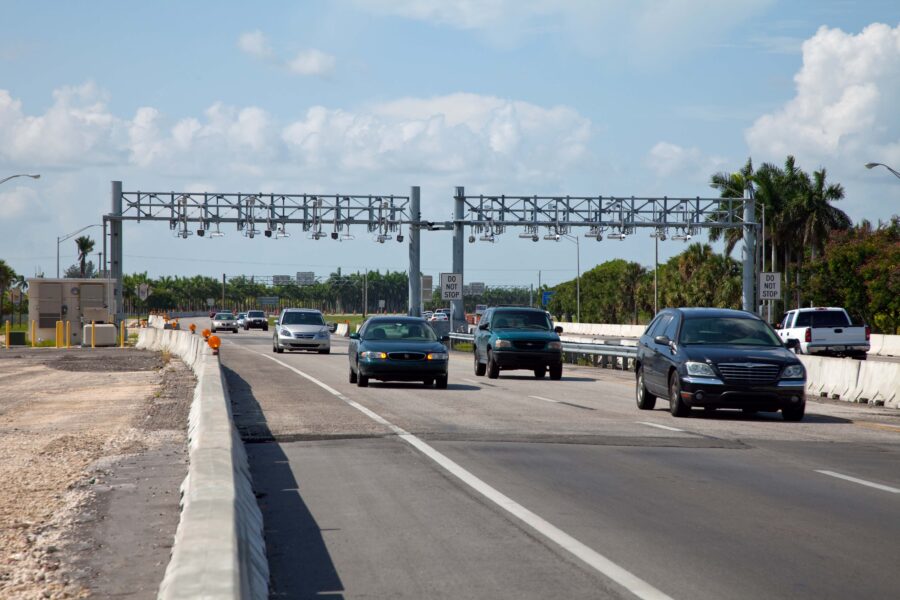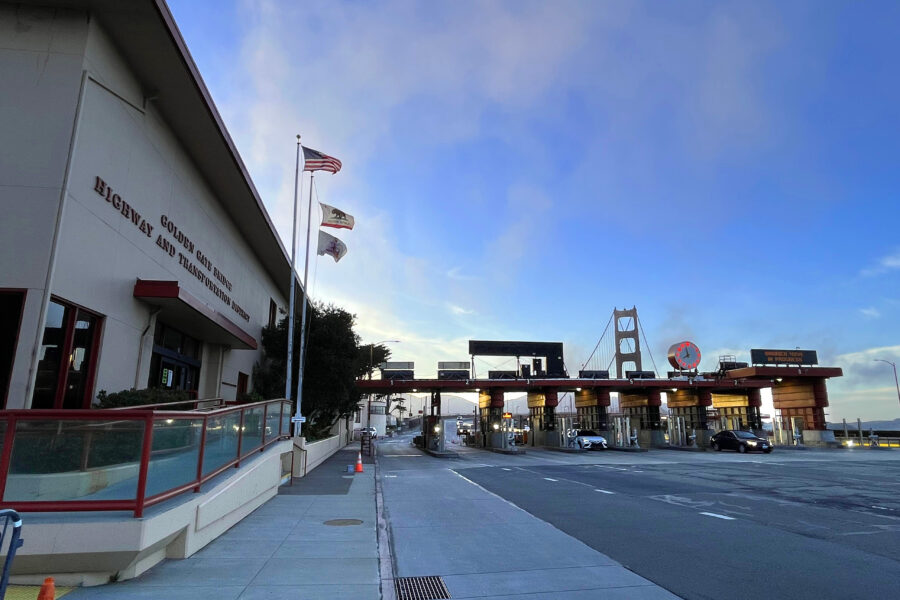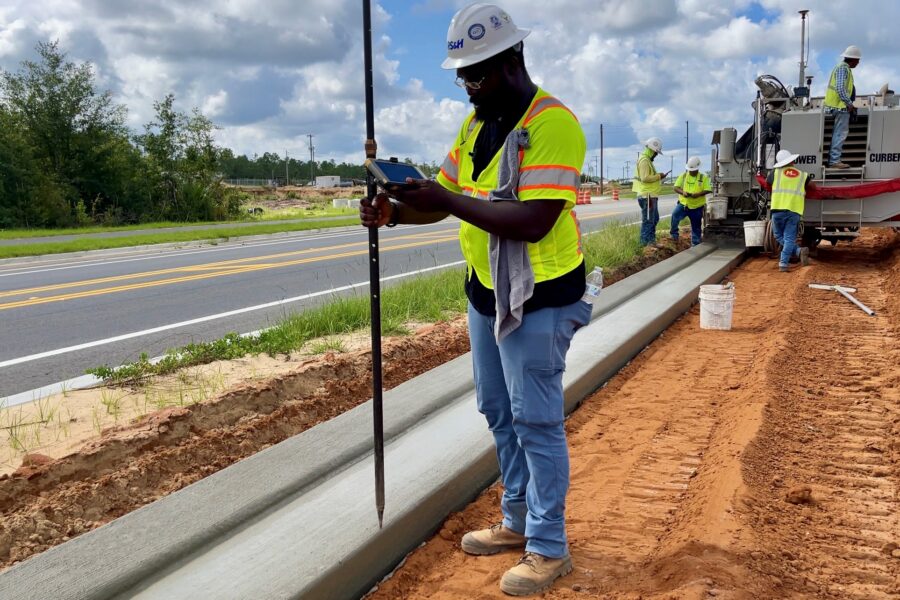How Can Toll Agencies Make the Most of the Last 5 Percent?

Toll agencies often find themselves in a financial conundrum. This usually happens when you measure the costs associated with collecting tolls from customers who refuse to pay initially against the toll revenue and fees ultimately collected. If agencies don’t follow certain measures to control their spending, they may end up losing money versus gaining revenue.
The ideal toll customer in today’s world establishes a prepaid account tied to a transponder. The cost to collect tolls associated with these transactions is measured in pennies. Another group of customers receive notices in the mail detailing their travel and associated tolls and pay these notices promptly.
But there is another group of customers who don’t pay the initial notice and – for whatever reason – may choose not to pay any subsequent notices. This group often represents the last 5 to 10 percent of potential revenue.
That can be a lot of revenue, as is the case in Pennsylvania. Statistics released by the Pennsylvania Turnpike two weeks ago show that drivers committed 396,874 toll violations worth $49.15 million in unpaid tolls over the past three years, according to a recent story in the Pittsburgh Post-Gazette.
The costs associated with pursuing these customers in some cases can exceed the revenue being pursued. Hence the conundrum faced by agencies trying to balance their responsibility to pursue toll collection with good business practices.
There are measures agencies can take to better control the spending associated with pursuing these customers and balance fiscal responsibility with the duty to collect. Here are a few of them:
Start with Fees
First and foremost, a fee based on the actual cost of collection should be added to the toll you are collecting. Ideally, this fee can be adjusted periodically to reflect current costs and maintain a revenue neutral position for the agency administering the program.
Implement an Expedient Notice Escalation Process
Three to four notices are adequate to either collect the toll or determine the customer doesn’t wish to pay. Should the latter be the case, you can move on to more aggressive collection methods, such as registration holds or the use of a collection agency.
In Pennsylvania, new legislation gives the state the authority to place liens against the registration of vehicles that have a half dozen or more unpaid tolls or more than $500 in outstanding bills. That means the registration can’t be renewed and the vehicle can’t be sold until the tolls are paid.
Match a Functional Scope with Manageable Rules
Combine a well-defined functional scope with manageable business rules, which will allow innovation while protecting the customers’ interest.
The services associated with postpaid billing programs represent the majority of the costs, but factoring in scope and business sense has proven to yield very attractive pricing for these services. Overly complex business rules and hyper-specified systems will drive costs beyond acceptable levels and greatly impact the cost to collect.
In summary, an expedient approach to billing coupled with an efficient implementation of the systems and services associated with postpaid billing can result in a neutral or even positive financial position when measuring the cost to collect problem accounts.




